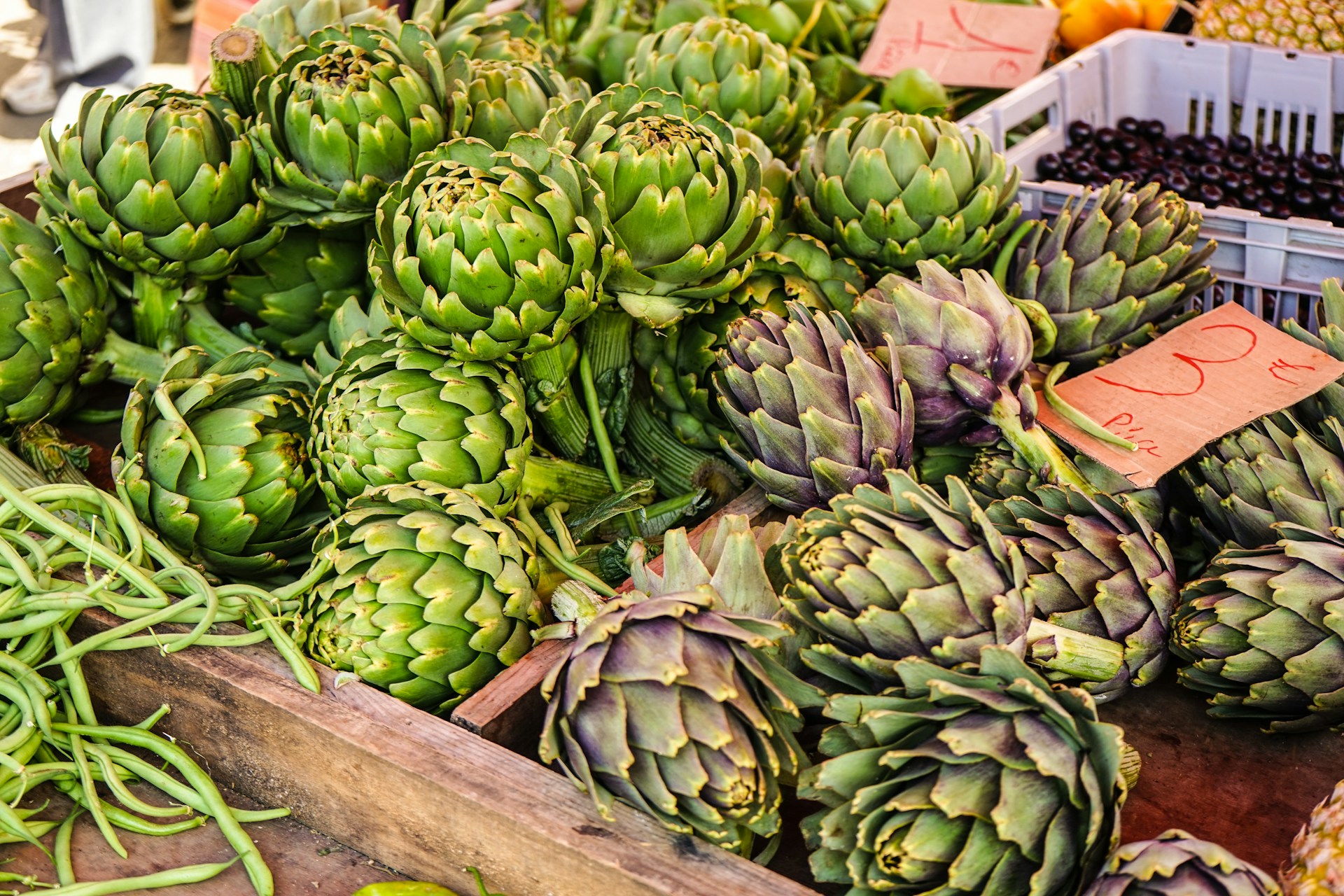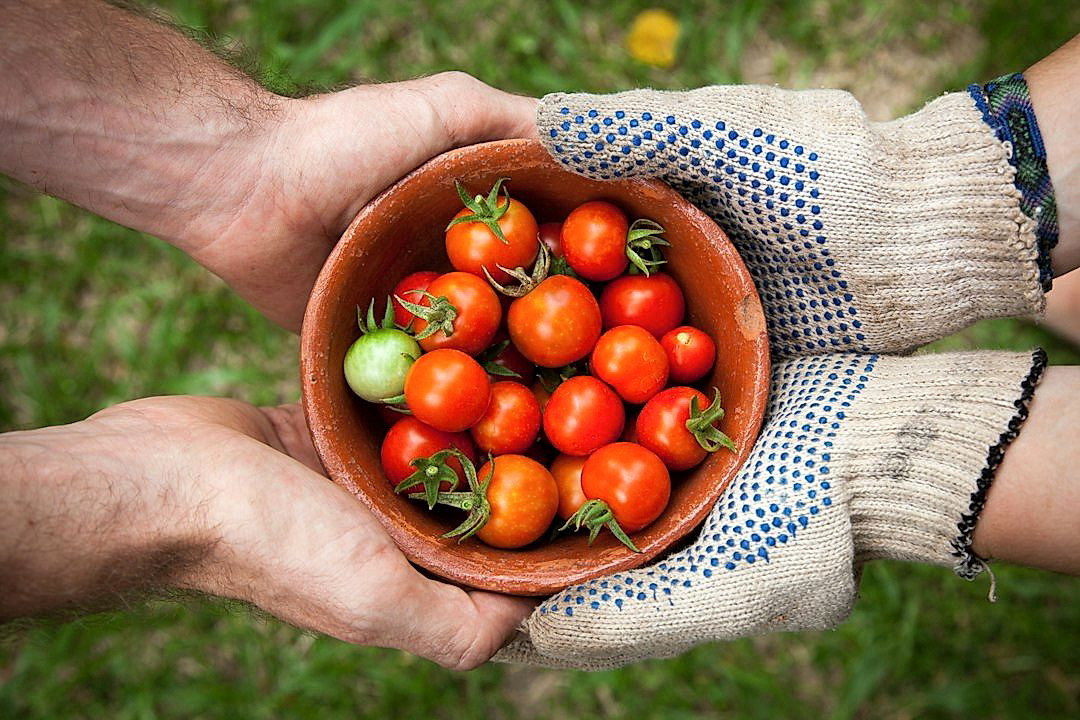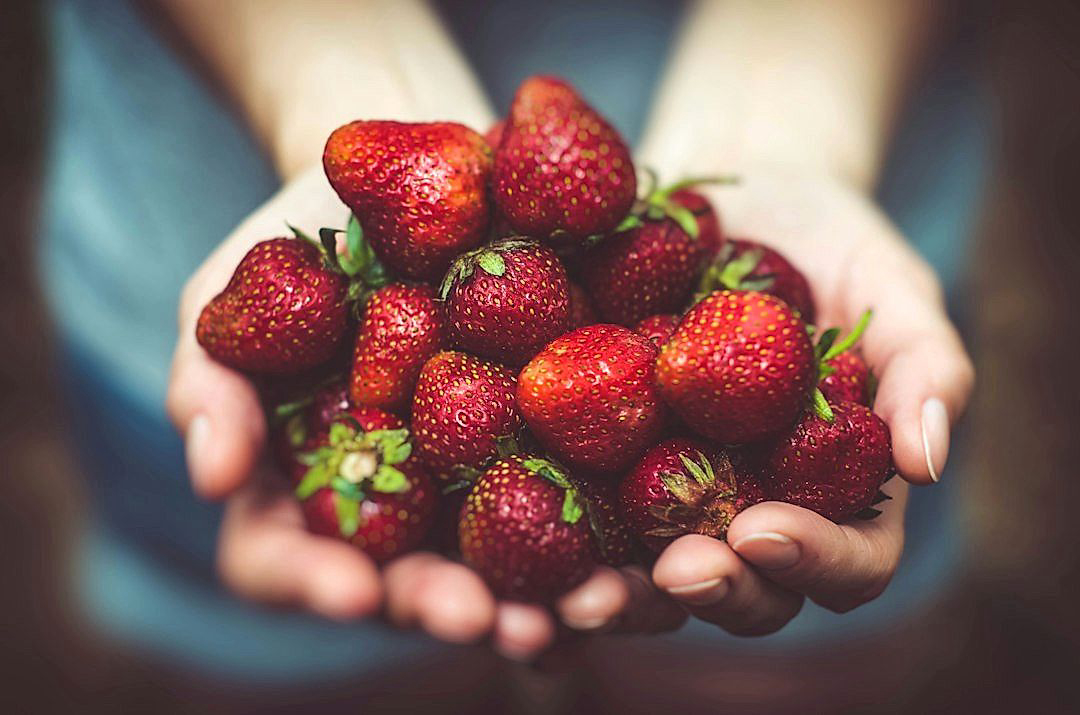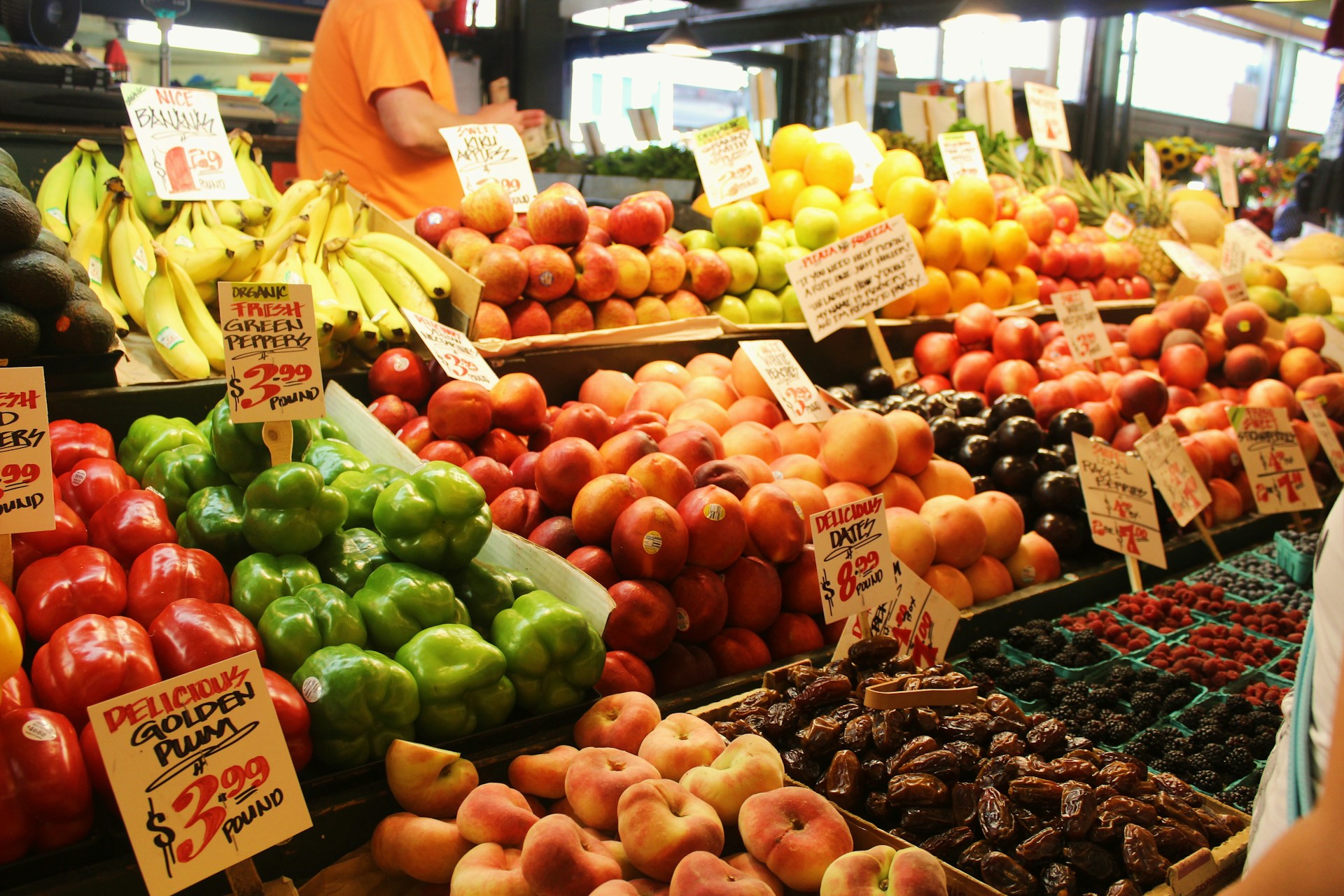The world of fresh produce is expanding rapidly with an immense potential for growth in emerging markets.
Countries like Brazil, India, and China have shown significant potential for these markets, promising lucrative opportunities for businesses worldwide.
However, to effectively penetrate these promising markets, the importance of coherent, efficient, and culturally-appropriate packaging strategies cannot be overstated.
This is because packaging plays a pivotal role in influencing consumer buying behavior, and ultimately, the success of the product.
Overlooking this vital aspect may result in missed opportunities and decreased market share.
Therefore, this write-up aims to guide businesses with packaging strategies tailored to the unique demands and expectations of emerging produce markets.
Contents
Packaging Strategies For Entering Emerging Produce Markets
1. Localized Design and Labeling
Entering an emerging produce market requires a keen understanding of local cultures, customs and preferences, and the packaging strategy of your product plays a significant role in its market acceptance.
One method to cater to these preferences is through localized design and labeling.
This endeavor doesn’t just involve translating the text on your packaging, but it also necessitates a genuine understanding and inclusion of cultural significance, symbols, colors, and patterns in your presentation.
Localized design and labeling can significantly boost your product’s appeal in the marketplace, effectively making it stand out amongst competitors.
For instance, if you’re introducing your product in multiple Asian markets such as Japan, South Korea, and China, simply having English or universal symbols may not be sufficient to get your message across to customers.
These markets could require packaging and labeling in their local language along with culturally significant designs or patterns.
This strategy can foster a sense of familiarization and trust among local consumers and promote the acceptance of your product.
Localized designs could also involve understanding the local lifestyle, environment, and habits of consumers.
This information can shape the design decisions such as the convenience of usage, recyclability, or the type of material used in packaging.
For instance, in rapidly urbanizing markets, where purchasing habits, and lifestyle trends may be quick-paced, easy-to-use and convenient packaging designs could be a significant factor towards winning consumer attention.
In addition, employing local artists or professionals for the design and labeling process can help tap into authentic local aesthetics and cultural nuances that might otherwise be missed.
This approach not only supports local talent but also helps in seamlessly integrating locally appreciated design elements into your packaging strategy.
Remember, the ultimate goal is to create packaging that resonates with the local consumer, making them feel seen, valued, and catered to.
This strategy can turn the seemingly simple task of design and labeling into a powerful tool for building brand recall and loyalty.
To sum up, localized design and labeling, being adaptable and sensitive to local culture and language, can be an effective strategy for creating meaningful connections with consumers and growing your presence in emerging produce markets.
2. Eco-friendly, sustainable packaging
In the current global market context, eco-friendly, sustainable packaging has become a must-have for companies looking to expand into emerging produce markets.
This is especially true in regions where environmental awareness and sensitivity are on the rise.
New, unconventional markets often demand more than just the regular packaging; they are keen on seeing responsible and sustainable business practices.
Companies that choose to ignore this critical shift could end up isolating a significant sector of their potential consumer base.
It is important to start by understanding what exactly is meant by “sustainable packaging”.
This includes using materials that are easily biodegradable or recyclable, reducing the amount of waste generated by packaging, and ensuring that the processes used in creating the packaging are as clean and energy-efficient as possible.
Investing in sustainable packaging solutions can actually save the company money in the long run.
By reducing waste and using materials more efficiently, companies can lower their overall production costs while also reducing their environmental footprint.
There are a variety of strategies companies can use to achieve their eco-friendly, sustainable packaging goals.
One of the most effective methods is to go back to the basics and use natural, locally sourced materials for packaging.
This not only reduces transportation costs and the associated emissions but also supports local economies and suppliers.
Another effective strategy is to design packaging that can be easily reused or repurposed.
This not only makes the packaging more sustainable but also adds value to the product, as customers can get more use out of it.
Companies can also choose to use innovative materials such as bioplastics, which can be recycled or composted after use.
It’s clear that the trend towards eco-friendly, sustainable packaging is no passing fad.
Those able to embrace these changes and integrate them into their strategy will find themselves better equipped to penetrate higher-end, mature markets where environmentally conscious consumers are in the majority.
3. Value-based, affordable solutions
When looking to enter emerging produce markets, the development of value-based, affordable solutions is crucial.
These markets often harbor cost-conscious consumers who hunger for quality, yet have strict budgetary constraints.
Aligning your packaging strategies with these value-based expectations can significantly increase your product’s attractiveness and competitiveness.
Initially, understanding the local pricing dynamics is vital.
Knowledge about local socio-economic conditions, buying habits, and discretionary income levels can help you price your product appropriately and competitively.
Once you have a clear understanding of the pricing dynamics, the next step is to design your packaging solutions around efficiency and cost-effectiveness.
The key is to strike a balance between maintaining high-quality standards and keeping the costs low.
Strategically optimizing your packaging solutions can lead to substantial cost savings, enabling you to maintain affordable pricing while still providing premium quality.
To achieve this, consider employing efficient packaging technologies and processes which can support higher volumes at lower cost per unit.
For instance, investing in automation can help streamline the packaging process, cutting down labor costs and reducing the risk of errors.
More importantly, it’s fundamental to ensure that these cost-reducing strategies do not compromise the product’s quality or the consumer’s experience.
To demonstrate, using cheap, low-quality materials could harmfully impact the product’s shelf life or its appeal to consumers, negating any cost advantages.
Aim for a packaging strategy that embodies both affordability and value.
Remember, value is not just about price. It also concerns the product’s quality, relevance, uniqueness, and the consumers’ perception of your brand.
Therefore, your packaging should not only be cost-effective but also visually captivating, convenient, and reflective of your brand’s values.
With the right value-based, affordable solutions, you can navigate the challenges of emerging produce markets and create a winning proposition for your potential customers.
Last but not least, promptly responding to market-driven changes and continuously optimizing your strategies based on feedback, analytics, and sales data, can help your brand stay competitive in the long run.
The Bottom Line
Emphasizing the importance of each aspect underlines how integral they are to the future of industry.
Customized design and labeling closely collaborates with consumers, ensuring regional relevance and overall user satisfaction.
Meanwhile, adopting eco-friendly, sustainable packaging guarantees a notable contribution to conserving natural resources and tackling global pollution, essentially portraying a brand’s environmental responsibility.
Finally, offering value-based, affordable solutions not only extends products to wider audiences, making them financially accessible, but also conveys the brand’s commitment to genuinely serving its customer populace.
Therefore, these three key elements of localized design, sustainability, and affordability should not be overlooked in an effective business strategy.




